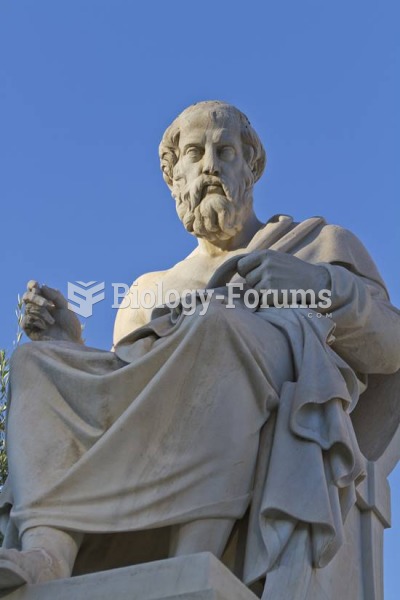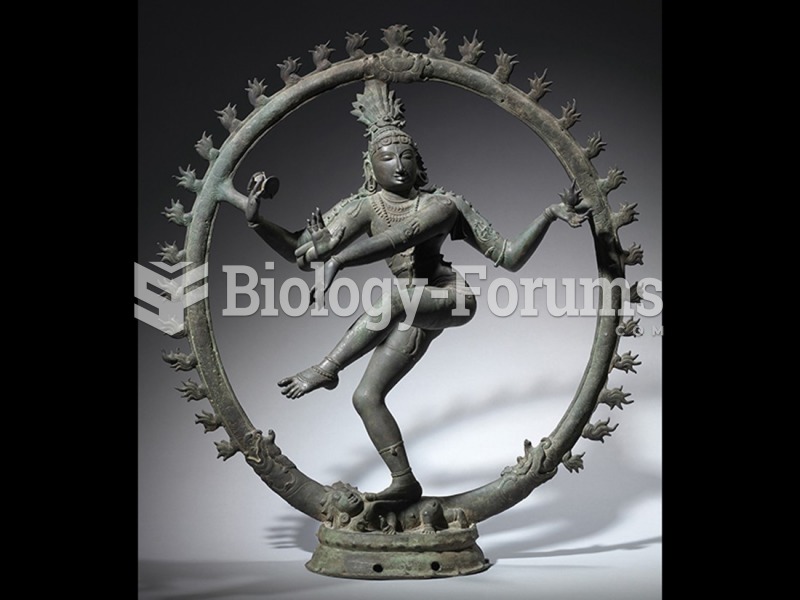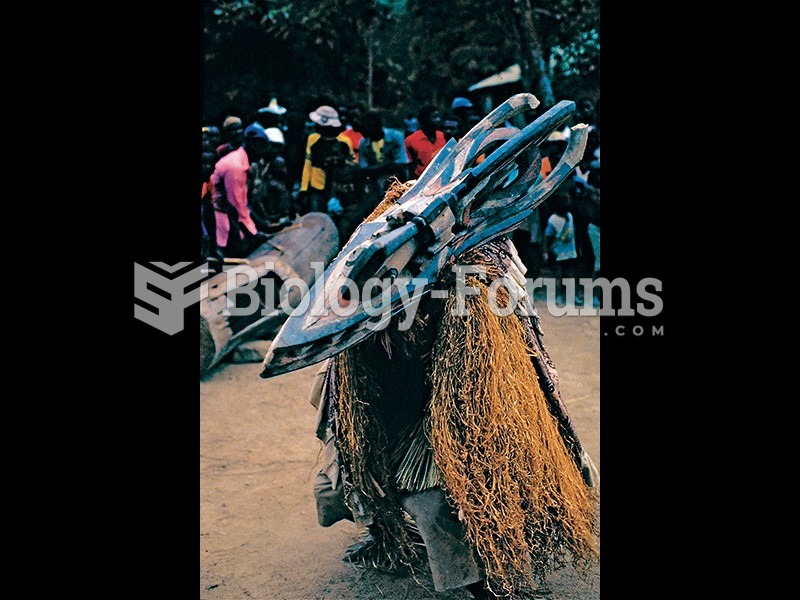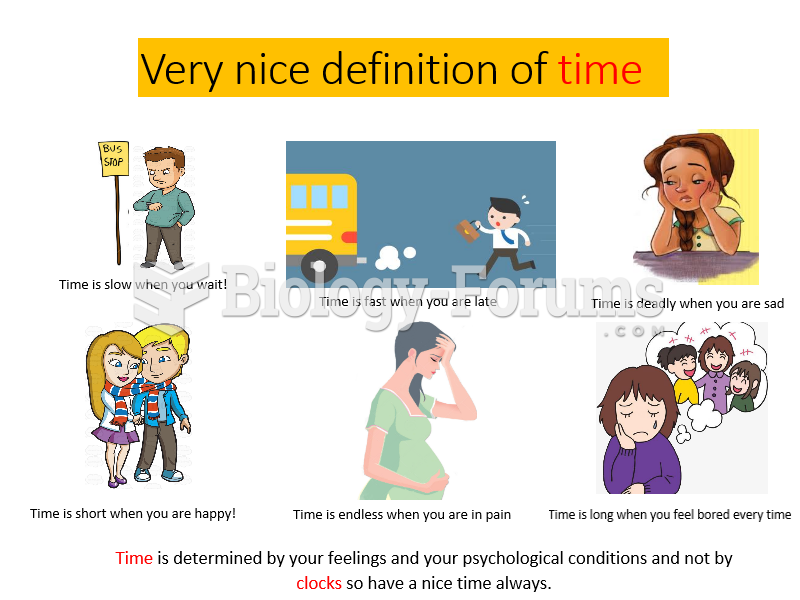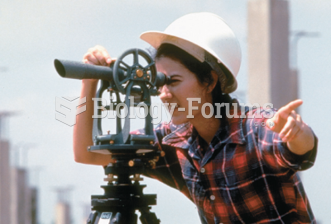Answer to Question 1
The Romantic spirit had no greater match for its theatricality than in the dance and operatic arts. Opera, in particular, was well-suited to carry any and all Romantic ideals. Romantic opera was grand both in size and in spirit, a flamboyant spectacle that united all aspects of theatrical production: music, dance, stage sets, and costumes. The composer Richard Wagner produced multi-layered music-dramas that shattered long-standing Western theatrical traditions. Heroic in size, Wagner's orchestra generally engulfs the listener in a maelstrom of uninterrupted melody and his plots derived almost exclusively from heroic themes from Germany's medieval past. Intense to an extreme, Wagner's operas sought to capture the Romantic sublime in musical form. The artist's mission, Wagner insisted, is to communicate the necessary spontaneous emotional mood.
Ballet gained immense popularity in the Romantic era. Evolving from classical ballet, which began in the royal courts, Romantic dance brought a new, more sensuous spirit. Many of the ballets were based on mythical stories, in which fantasy reigned. Often, a male hero is tempted by an angelic female (adhering to the Eve stereotype), pursuing her to tragic consequences. The traditional equation of beauty and innocence in the person of the idealized female is well illustrated in the comments of one French critic, who, describing the aerial and virginal grace of Taglioni, exulted, She flies like a spirit in the midst of transparent clouds of white muslinshe resembles a happy angel. Clearly, the nineteenth-century ballerina was the Romantic realization of the Eternal Female, a figure that fitted the stereotype of the angelic woman.
Answer to Question 2
Romantic architecture was perhaps a bit more staid when compared to the mediums of painting, sculpture, and music. Classical Greek and republican Roman buildings embodied the political and aesthetic ideals of nation builders like Napoleon and Jefferson and Neoclassicism was still used as a guiding architectural principle.
However, the austere dignity of the Neoclassical style did not appeal to everyone. The rise of nationalist sentiments gave rise to Neomedievalism (the revival of medieval culture), which exalted the state by recapturing its unique historical and cultural past. This style became known as Gothic and is perfectly captured in the British Houses of Parliament, whose picturesque combination of spires and towers was thought to express the dignity befitting the official architecture of a Christian nation.
As with the Transcendentalists, Romantic architecture also drew inspiration from the exotic East, and especially those parts of the world in which the European powers were building colonial empires. The Royal Pavilion at Brighton, for example, combines a fanciful assortment of Chinese, Indian, and Islamic motifs.


